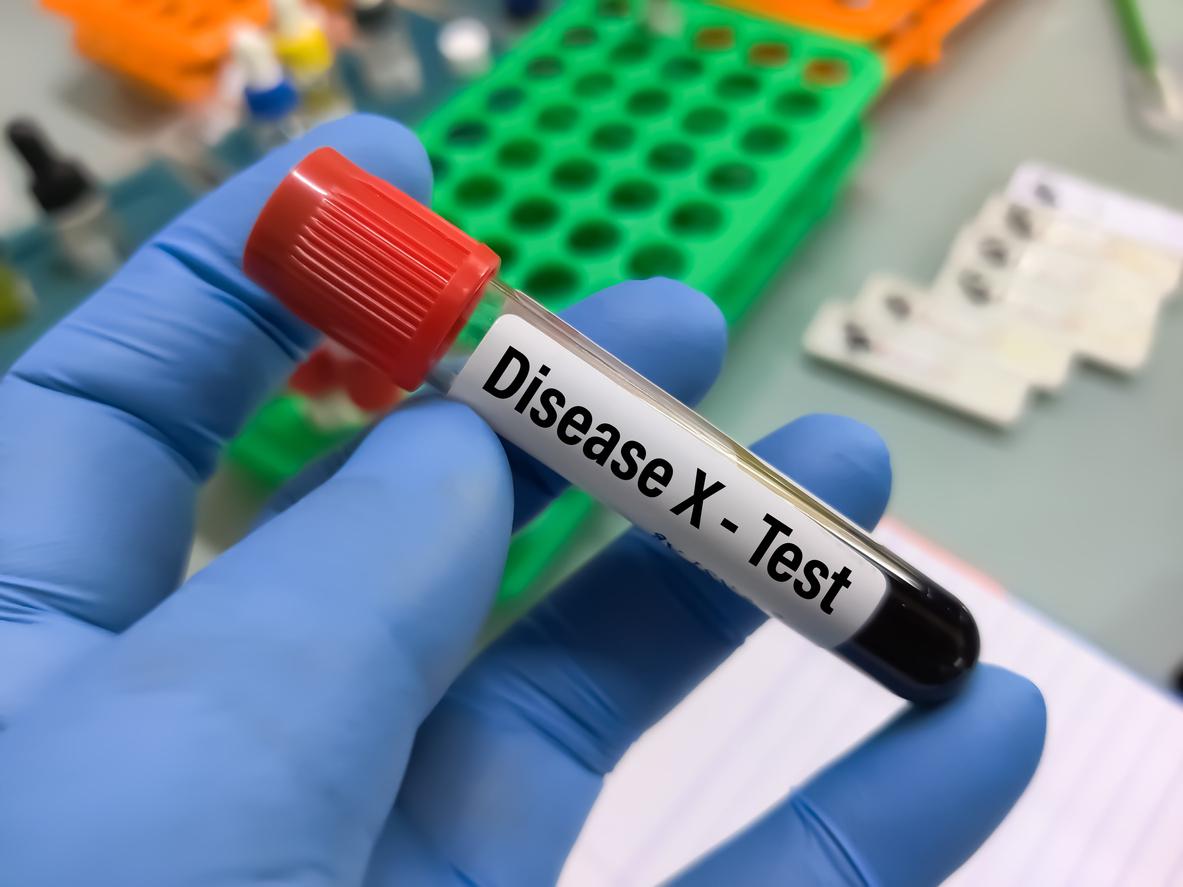
Fast better diagnosis thanks to new test
Medical science is advancing rapidly. We asked Janneke Wittekoek, cardiologist, specialized in the female heart and owner of the HeartLife Clinics, which breakthrough brings improvement in the treatment of cardiovascular diseases.
You can be serious heart problems without the standard tests in the hospital showing anything special. This happens, for example, if the coronary artery is not blocked, but the smaller surrounding vessels of the heart are. The heart is getting too little oxygen, but the tests show nothing. If not discovered, damage can occur in the heart. This is called the microvascular syndrome. The good news from Wittekoek is that a new diagnostic provocation test does identify these types of abnormalities. This is especially good news for women, because they are more likely to have these types of abnormalities. “The condition in which the vessels occasionally cramp is very difficult to visualize,” says Wittekoek. “There is not always a cramp when you visualize the heart.”
Cardiac catheterization
That will happen with the new test. It starts with a cardiac catheterization to look at the situation around the heart. “If there are no narrowings in the picture, people used to say: ‘There is nothing wrong.’ If we don’t see anything now, we induce the cramp with an agent that we inject. We inject a little more and more until a spasm develops. We see this on the monitor. When the patient describes exactly the complaints he had previously experienced. has been diagnosed.”
Then the cardiologist will find out which medicines you respond best to. You will then be given those medicines and the provocation test will be done again. If the heart doesn’t cramp, it’s the right medication. In the past, menopause was often mentioned as a cause of vascular cramps in women. Wittekoek: “That is not quite right. Stress also plays a role. Men can also get this vascular cramp. Risk factors are a migraine history, an early menopause, autoimmune diseases, high cholesterol, diabetes, overweight, high blood pressure and when you have high blood pressure during pregnancy and later developed high blood pressure again.”
This article previously appeared in Plus Magazine January 2020. Want to subscribe to the magazine? You can do that in an instant!
Sources):
- Plus Magazine















